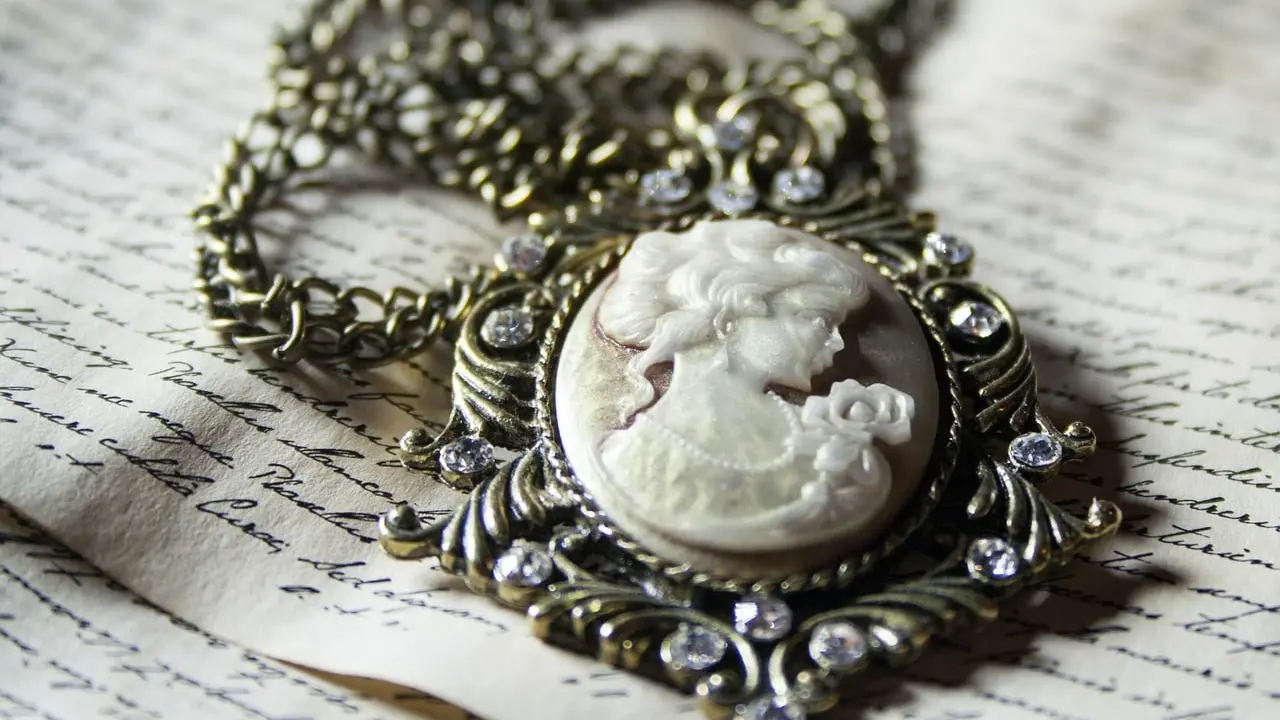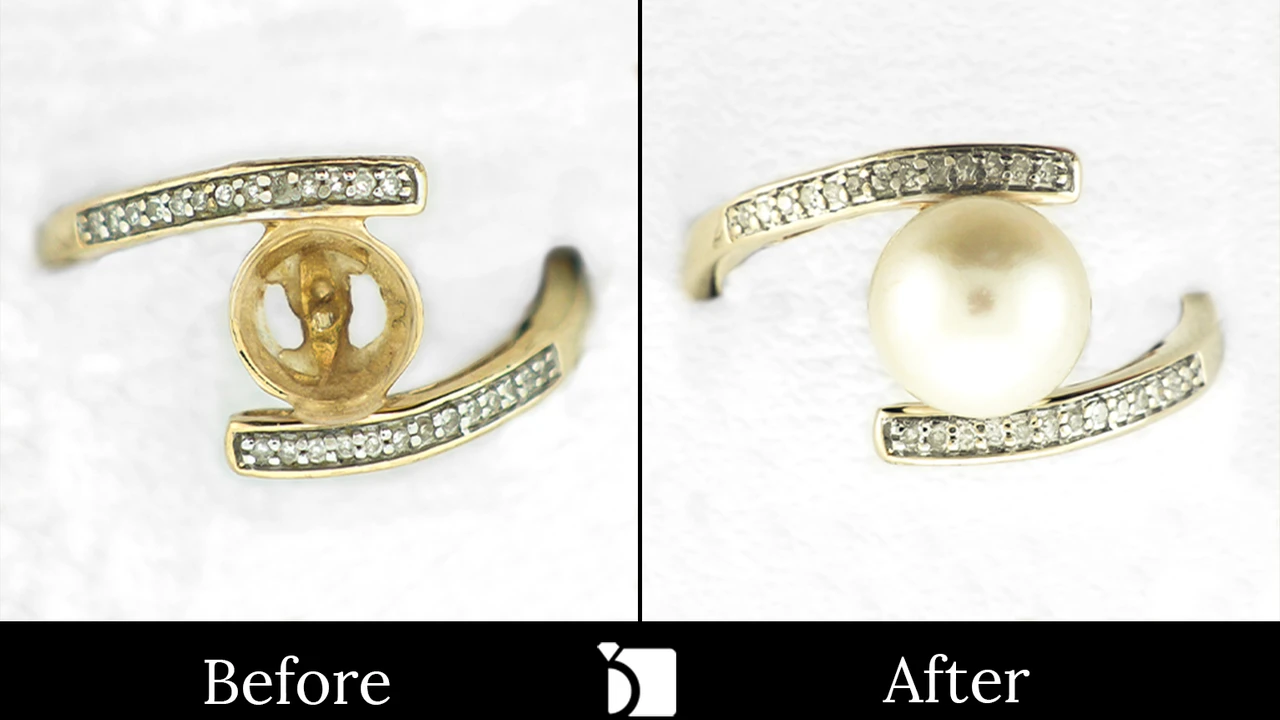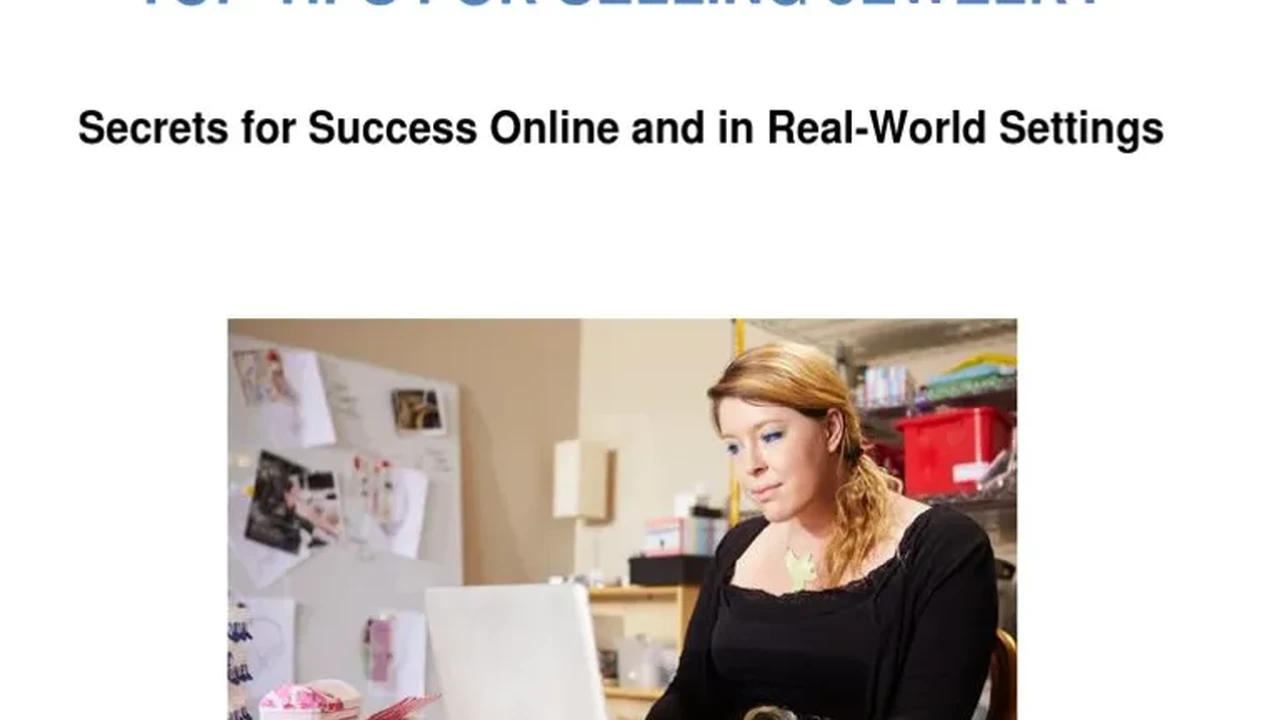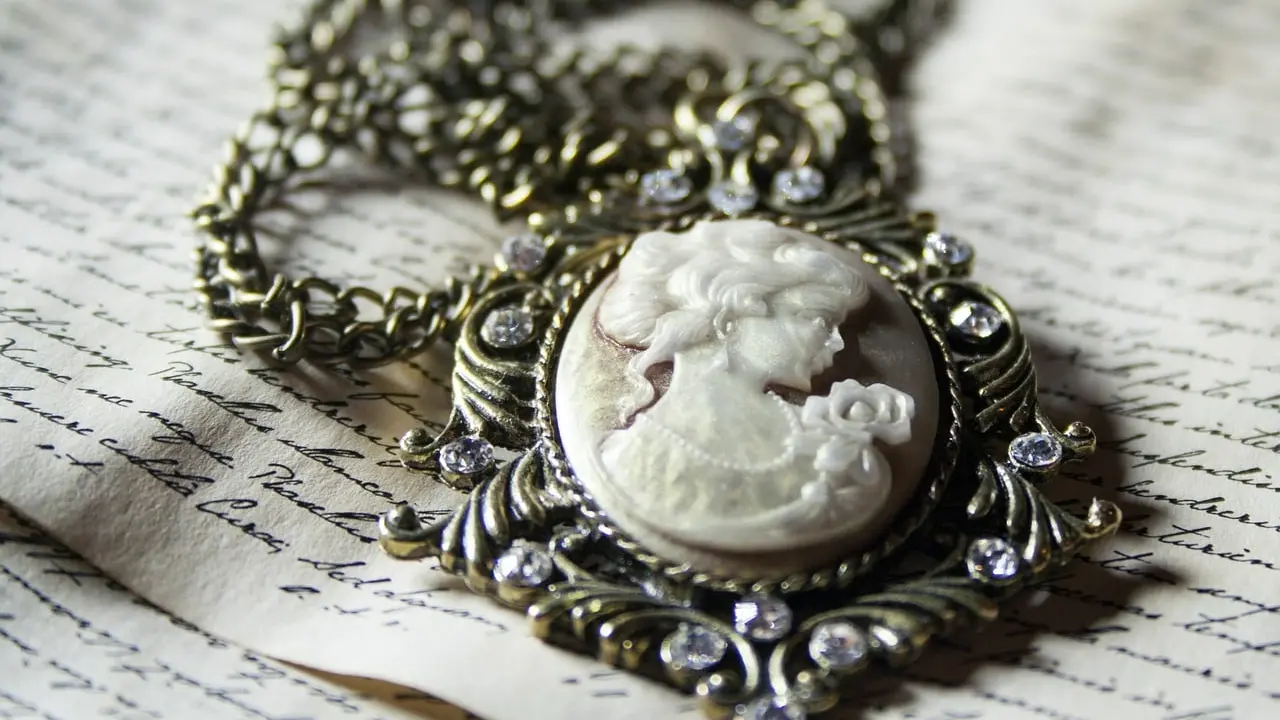5 Questions to Ask Before Buying Antique Jewelry
Buying antique jewelry can be exciting, but it's also important to be cautious. Here's a guide to the five essential questions to ask before you make a purchase, ensuring you get a genuine, valuable piece you'll love.

1. Is This Antique Jewelry Authentic Understanding Hallmarks and Provenance
Authenticity is the cornerstone of antique jewelry value. Don't be shy about asking for proof!
What to ask: 'Can you provide documentation of this piece's history or provenance? Are there any hallmarks or maker's marks?'
Why it matters: Hallmarks are stamps that indicate the metal content (e.g., 925 for sterling silver, 18K for 18-karat gold) and sometimes the maker or the year of manufacture. Provenance refers to the history of ownership. A well-documented piece is more likely to be authentic and valuable.
What to look for: Examine the piece closely for hallmarks. Use a jeweler's loupe if necessary. Research the hallmarks online to verify their authenticity. Request any documentation the seller may have, such as old receipts, appraisals, or family histories.
Example: Let's say you're eyeing a beautiful Victorian brooch. Ask if the seller knows anything about its past owners. Check for hallmarks indicating the gold purity (often 15ct or 18ct in Victorian England) and any maker's marks that could be researched.
2. What is the Condition of this Antique Piece Assessing Damage and Repairs
Antique jewelry has lived a life, and that often means some wear and tear. Knowing the condition helps you assess its value and potential repair costs.
What to ask: 'Are there any visible signs of damage, such as scratches, chips, or missing stones? Has the piece been repaired, and if so, what kind of repairs were done?'
Why it matters: Significant damage can detract from the value of antique jewelry. Repairs can also affect the value, especially if they were not done professionally or if they altered the original design.
What to look for: Carefully examine the piece for any signs of damage. Look for cracks in stones, loose settings, worn enamel, or signs of previous repairs. Ask the seller for a detailed description of any known damage or repairs.
Example: Imagine you're interested in an Art Deco ring. Check for chips or scratches on the gemstones, especially the often-used calibré cut stones. Look for any signs of re-sizing on the shank. Minor wear is expected, but significant damage should be reflected in the price.
Product Recommendation: Consider a simple Art Deco ring with a central onyx stone flanked by small diamonds. If the onyx has minor scratches but the diamonds are intact and the setting is secure, and the price reflects the onyx's condition at around $800, it could be a good buy. Be sure to factor in the cost of potentially polishing the onyx.
3. What are the Materials Used Identifying Gemstones and Metals
Knowing the materials used is crucial for determining the value and authenticity of antique jewelry.
What to ask: 'What type of metal is this piece made of? What are the gemstones, and have they been treated in any way?'
Why it matters: The type of metal (e.g., gold, silver, platinum) and the quality of the gemstones significantly impact the value. Gemstone treatments, such as heat treatment or irradiation, can affect their appearance and value.
What to look for: Check for hallmarks that indicate the metal content. Use a jeweler's loupe to examine the gemstones closely. Ask the seller if they have any information about gemstone treatments. If possible, have the gemstones tested by a qualified gemologist.
Example: You're looking at an Edwardian pendant. Ask if the diamonds are natural or lab-created (though lab-created diamonds were rare in the Edwardian era). Inquire about the type of pearls used – are they natural, cultured, or imitation? The answers will significantly affect the price.
Product Recommendation: A classic Edwardian pendant featuring seed pearls and small rose-cut diamonds set in platinum. If the pearls are natural and the diamonds are of good quality, the pendant could be worth around $2500-$4000, depending on its overall condition and design.
4. What is the Jewelry's Style and Era Understanding Historical Context
Understanding the style and era of the jewelry helps you appreciate its historical significance and assess its value.
What to ask: 'What era is this piece from, and what are its defining characteristics? How does it fit into the jewelry styles of that period?'
Why it matters: Different eras have distinct styles and design elements. Knowing the era helps you authenticate the piece and appreciate its historical context.
What to look for: Research the jewelry styles of different eras. Look for design elements that are characteristic of the claimed period. Compare the piece to known examples of jewelry from that era.
Example: If a seller claims a piece is Art Nouveau, look for flowing lines, natural motifs (flowers, insects), and the use of materials like enamel and horn. Does it resemble other known Art Nouveau pieces? If it looks too modern or lacks the defining characteristics of the style, it may not be authentic.
Product Recommendation: An Art Nouveau pendant featuring a flowing design with a dragonfly motif, crafted with plique-à-jour enamel and accented with small pearls. A genuine piece in good condition could range from $3,000 to $8,000 or more, depending on the designer and complexity.
Product Comparison: Consider two similar Art Nouveau pendants. One is marked '925' and has a slightly crude design; the other is unmarked but features exquisite enamel work and intricate details. While the marked piece might seem more 'authentic' due to the silver hallmark, the quality of the design and craftsmanship strongly suggest the unmarked piece is the genuine Art Nouveau item. Price should reflect this difference.
5. What is the Return Policy and Seller Reputation Ensuring a Safe Purchase
Buying antique jewelry can be a significant investment, so it's essential to protect yourself.
What to ask: 'What is your return policy? Do you have any customer reviews or testimonials I can read?'
Why it matters: A clear return policy allows you to return the piece if it's not as described or if you have it appraised and find it's not authentic. Positive customer reviews and testimonials indicate that the seller is reputable and trustworthy.
What to look for: Look for a seller with a clear and reasonable return policy. Read customer reviews and testimonials to get an idea of the seller's reputation. If possible, ask for references from previous customers.
Example: Before buying a valuable antique diamond ring from an online seller, check their return policy. Do they offer a full refund if the ring is not as described? Read reviews on sites like Etsy or Trustpilot to see what other customers have said about their experience. If possible, contact a previous customer to ask about their experience.
Asking these five questions before buying antique jewelry will help you make an informed decision and ensure you get a genuine, valuable piece you'll treasure for years to come. Happy hunting!
:max_bytes(150000):strip_icc()/277019-baked-pork-chops-with-cream-of-mushroom-soup-DDMFS-beauty-4x3-BG-7505-5762b731cf30447d9cbbbbbf387beafa.jpg)






